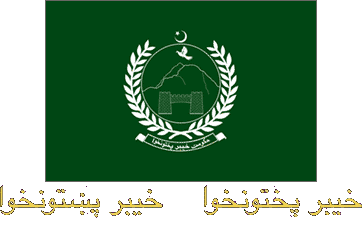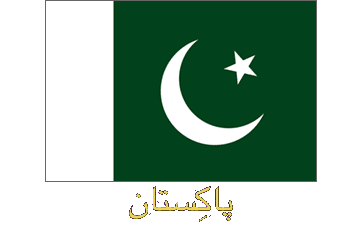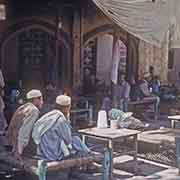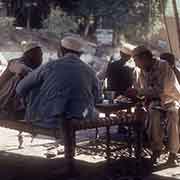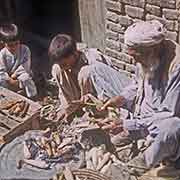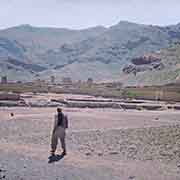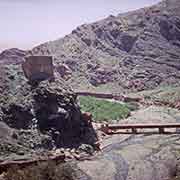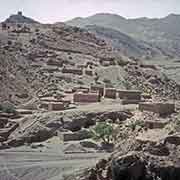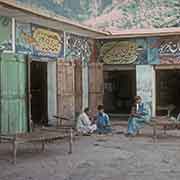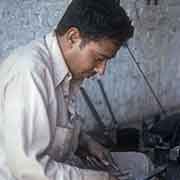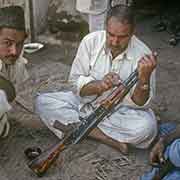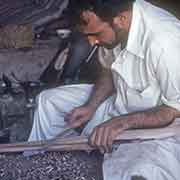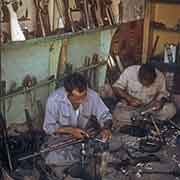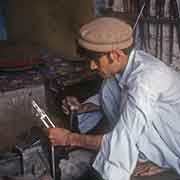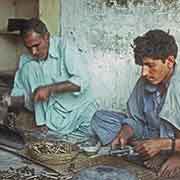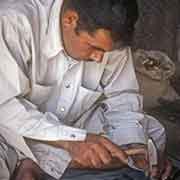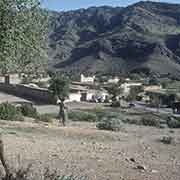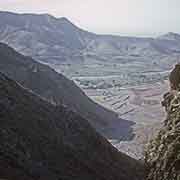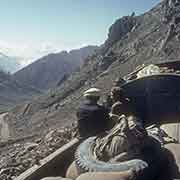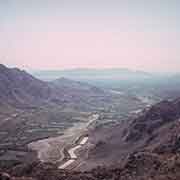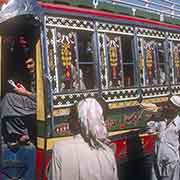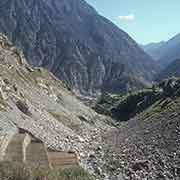Photos of Khyber Pakhtunkhwa, Pakistan
Khyber Pakhtunkhwa, northwest Pakistan
Known until 2010 as the North-West Frontier Province (NWFP), Khyber Pakhtunkhwa is in the country’s northwestern region, along the Afghanistan–Pakistan border. The name means “Khyber side of the land of the Pashtuns” and now all of Pakistan’s four provinces are named after their ethnicities. The Pashtun people, also known as Pathans, were historically known as “Afghans”, and they are a majority in Afghanistan. The Pashto language is an Iranian language.
you may then send it as a postcard if you wish.
Until 2018, the Federally Administered Tribal Areas (FATA), a semi-autonomous tribal region to the southwest of the NWFP, along the Afghan border. After the attacks of 9 September 2001 in the United States, this region was the principal theatre of Taliban militancy, especially in Waziristan, in the south of the area. The Taliban and al-Qaeda militants in 2006 proclaimed the “Islamic Emirate of Waziristan”. They gained a kind of tacit, de-facto recognition in September when Pakistan signed a truce agreement with them in North Waziristan. It was a deal criticised by all sides; although the Pakistani army has launched military offensives, it may still survive as a de facto state in the mountains of Waziristan.
The road from the provincial capital Peshawar, over the Khyber Pass, crosses the Afghan border in Torkham, just west of Landi Kotal bazaar. And 55 kilometres south of Peshawar is the town of Darra Adam Khel, the centre of gunsmiths and weapons merchants. During the Soviet occupation of Afghanistan from 1978 to 1989, weapons produced here easily found their way across the border to the “mujahedeen” fighting them. All kinds of guns and ammunition are made, and the town resounds with gunfire when the weapons are tested.
